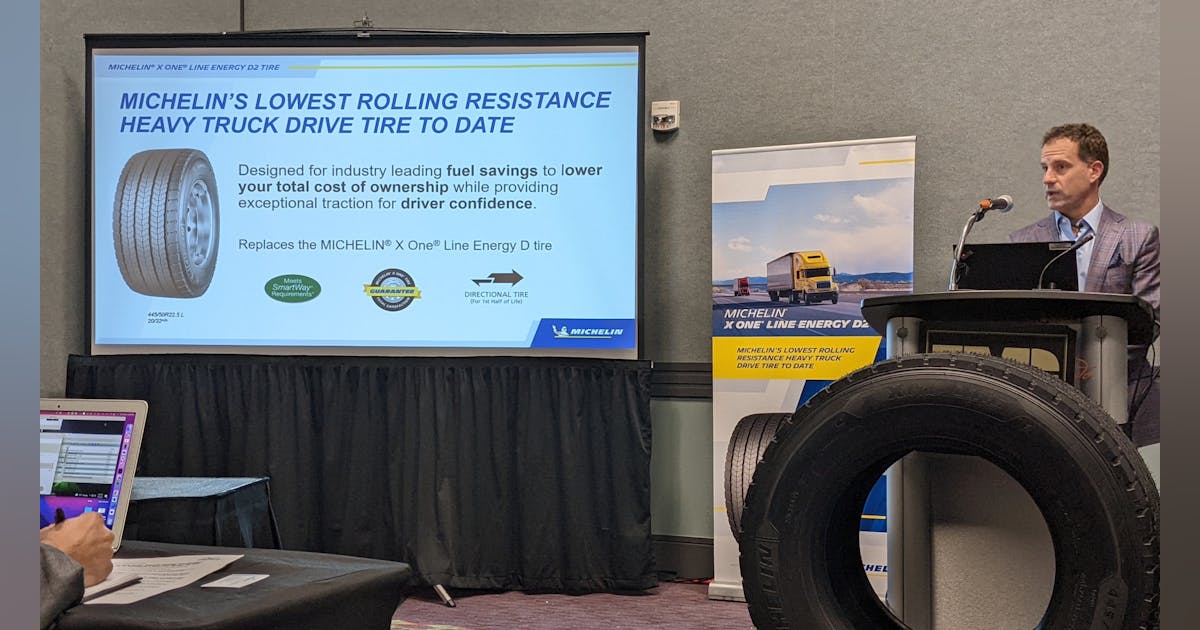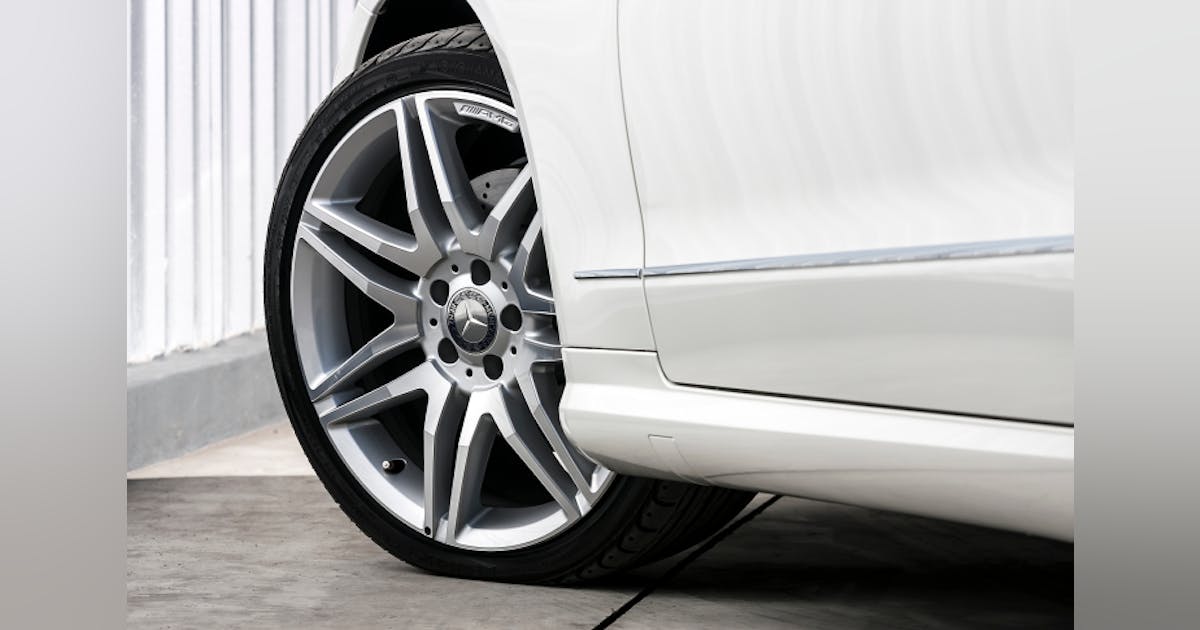jackmott
Member
If rubber didn't lose more energy than air, why would we bother with the hassle of penumatic tires? We could just use rubber and not get flat tires. The whole magic of the pnuematic tire and why we put up with flats is that it is so efficient.Yeah, but if "Sticking to the road" wasn't part of the equation, we'd use steel tires with no air at all. We'd still prefer ZERO compression over just gas compression. By definition, compressing the gas obeys PV=nRT, which means temperature increases, which means we will lose some of that energy to the universe. No proof here that the gas compression loss is less than occurs in rubber.
So actually a very hard and stiff pneumatic structure makes this closer to a steel wheel, which is known to basically be the lowest rolling resistance thing we can reasonably make, yet you are continually claiming it would be better if we could just let it all deform more as it rolled.
I am *not* claiming we should let it deform more. I am claiming you want materials that deform with the least energy loss. You tire has to deform a certain amount to work, whether it is a Hoosier race tire or an MXM4. Whatever amount of deformation you need, you use the most supple material you can get away with given other constraints, and use air pressure to get there.





